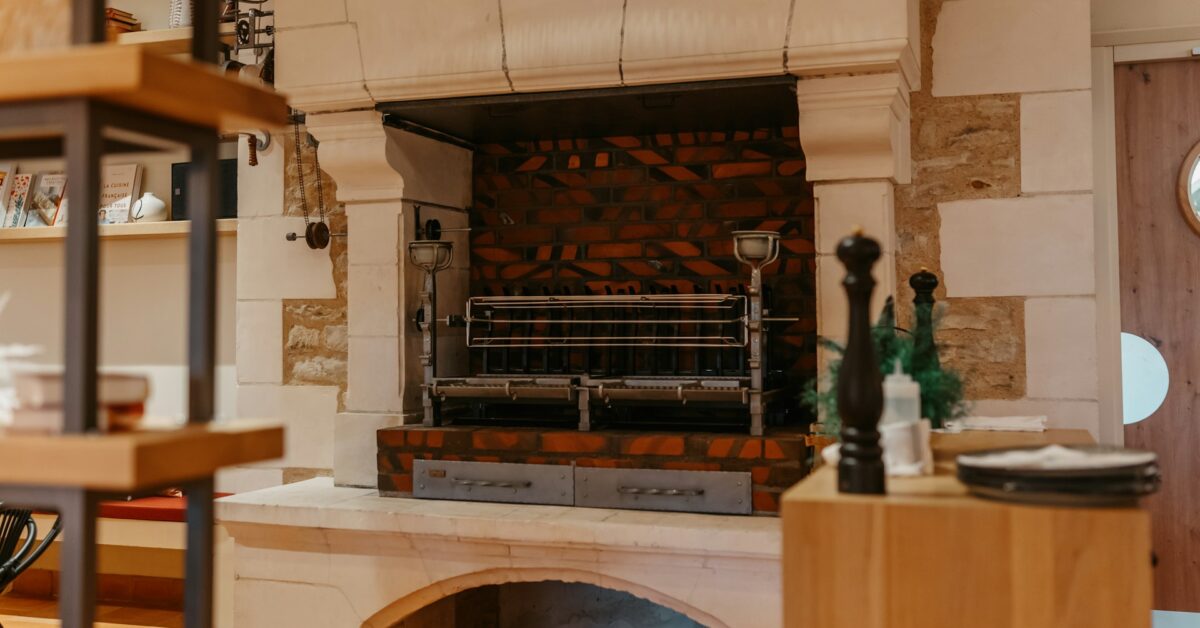Limestone has been a cornerstone of construction for centuries. From grand cathedrals to modern facades, its appeal is undeniable. But what makes decorative limestone such a great choice for building projects today? Let’s explore its benefits and why builders and designers alike turn to this versatile material.
Contents
Natural Beauty and Elegance
Designers find that decorative limestone for building projects offers a timeless, natural aesthetic that suits both traditional and contemporary designs. Its subtle color variations—ranging from creamy whites to warm grays—enhance the visual appeal of any project. Unlike synthetic materials, its soft, organic textures create depth and character, making structures feel refined and inviting.
Durability That Lasts
Buildings made with limestone stand the test of time. This material is:
- Resilient against harsh weather conditions
- Resistant to wear and tear
- Strong enough for long-term structural use
While softer than granite, limestone holds up remarkably well, especially when properly sealed and maintained. Many historical buildings made from limestone still stand today, proving its incredible longevity.
Versatile Applications
One of the best things about decorative limestone is its adaptability. It’s used for:
- Exterior facades – Limestone gives buildings a polished, sophisticated look. It’s often chosen for high-end residences, museums, and commercial structures.
- Interior walls and accents – Whether it’s a full limestone wall or a subtle trim, it adds warmth and texture to spaces.
- Flooring and staircases – Its durability and natural slip resistance make it an excellent choice for both residential and commercial flooring.
- Fireplace surrounds – A limestone fireplace creates a cozy and elegant focal point, blending seamlessly with various interior styles.
- Ornamental features – Columns, balustrades, fountains, and decorative carvings showcase limestone’s ability to enhance architectural beauty.
Beyond these traditional uses, limestone is becoming popular in modern landscape design. It’s used for garden pathways, retaining walls, outdoor seating, and decorative sculptures. Its ability to withstand weathering makes it a smart choice for outdoor spaces, ensuring functionality and aesthetic appeal.
Sustainability and Eco-Friendliness
Many builders prioritize sustainable materials, and limestone fits the bill. It’s a naturally occurring stone that requires minimal processing. Plus, it’s often locally sourced, reducing transportation emissions. Compared to synthetic building materials, limestone has a lower carbon footprint while still delivering high-end results.
Comfortable in Any Climate
Limestone has unique thermal properties that make buildings more energy-efficient.
- In hot climates, it helps keep interiors cool by absorbing and releasing heat gradually.
- In colder regions, it acts as an insulator, trapping warmth inside.
This natural regulation improves overall comfort and reduces energy costs.
Low Maintenance
Another major advantage? Limestone doesn’t demand a lot of upkeep. With periodic sealing and basic cleaning, it remains beautiful for years. It resists mold, bacteria, and moisture damage, making it a reliable choice for both indoor and outdoor applications.
Timeless Appeal
Some trends fade, but limestone is always in style. Its classic, organic look enhances buildings without feeling dated. Whether used for a modern skyscraper or a historic restoration, limestone’s elegance elevates any space.
Final Thoughts
Decorative limestone brings a rare combination of beauty, durability, versatility, and sustainability to construction projects. Its ability to blend with different designs, withstand environmental conditions, and remain low maintenance makes it an ideal building material. Whether you’re constructing a grand facade or adding subtle accents, limestone’s enduring charm ensures your project stands out for years to come.

